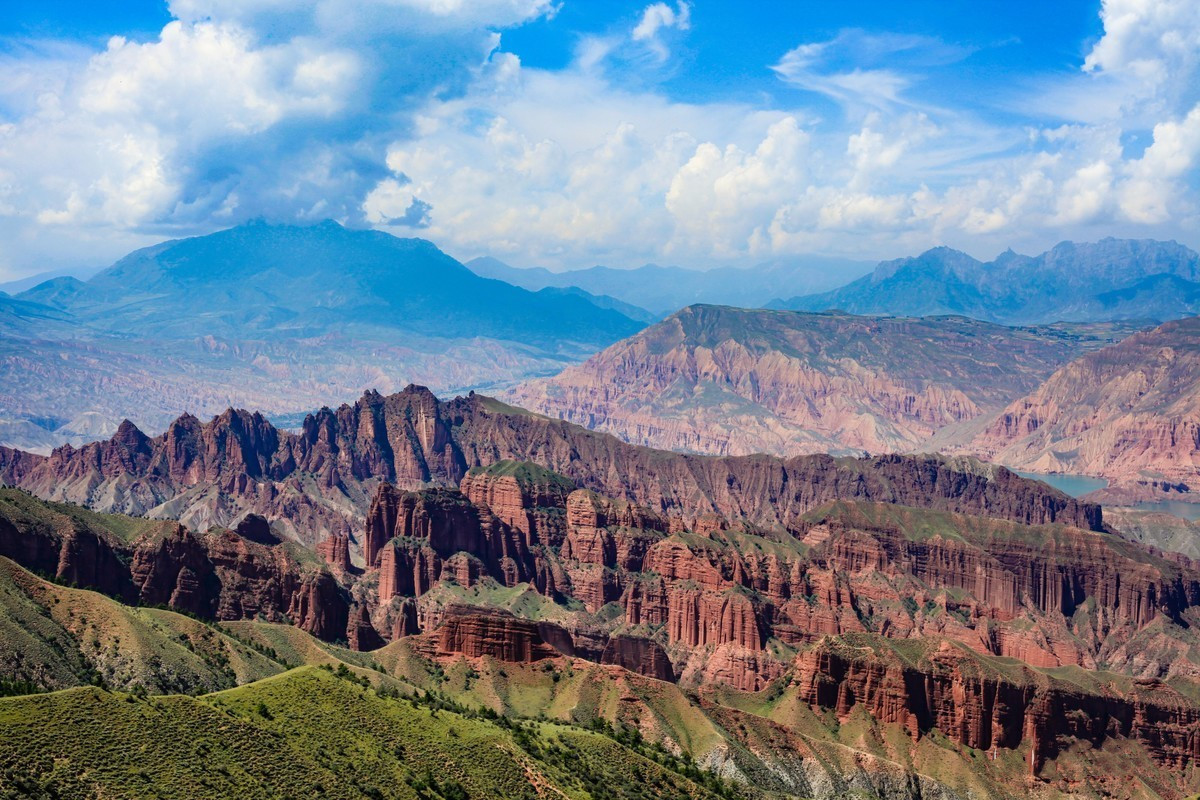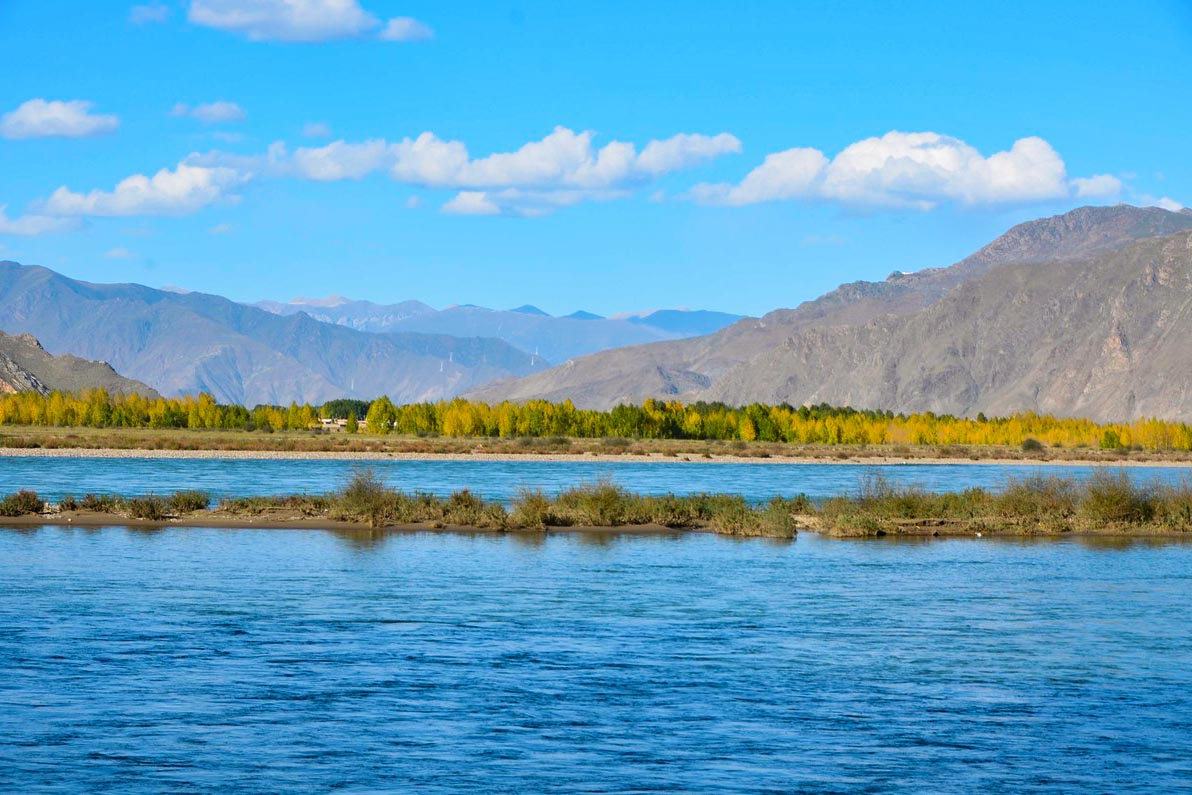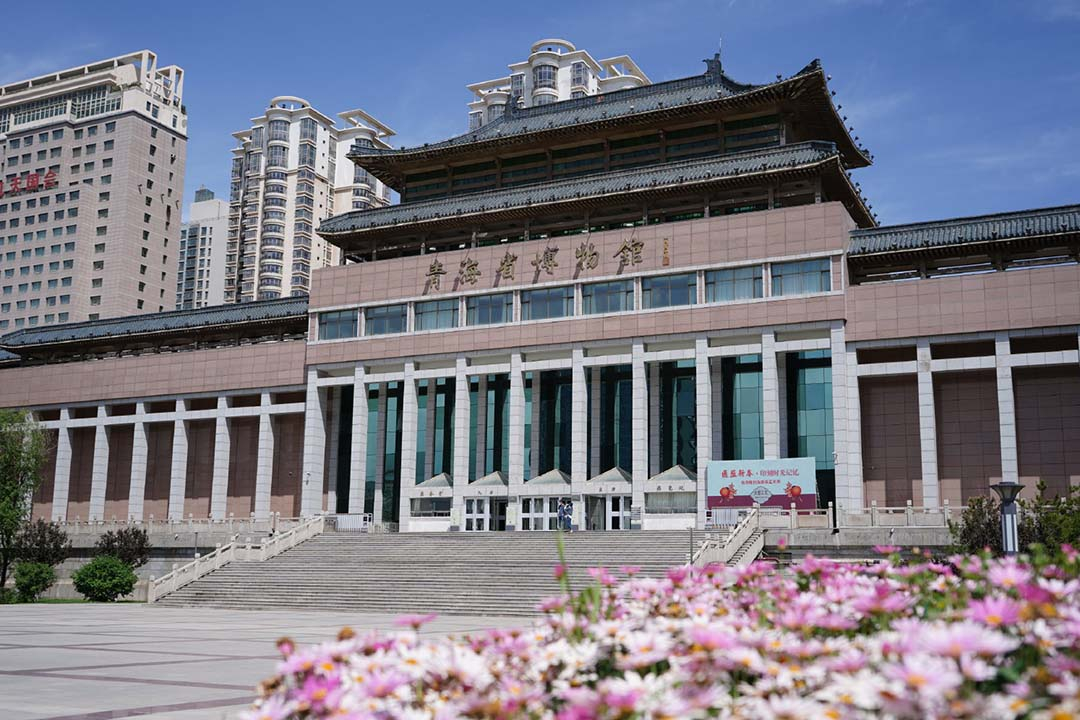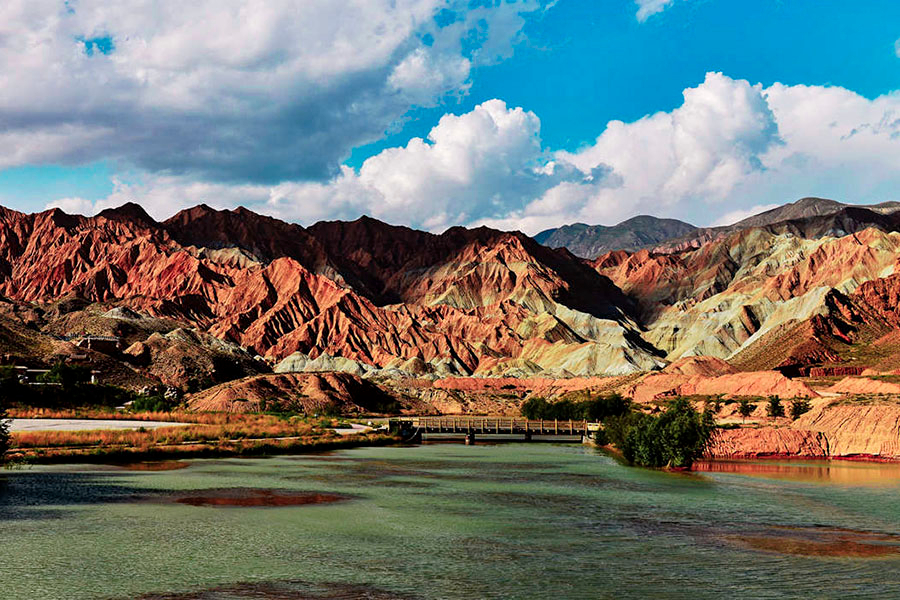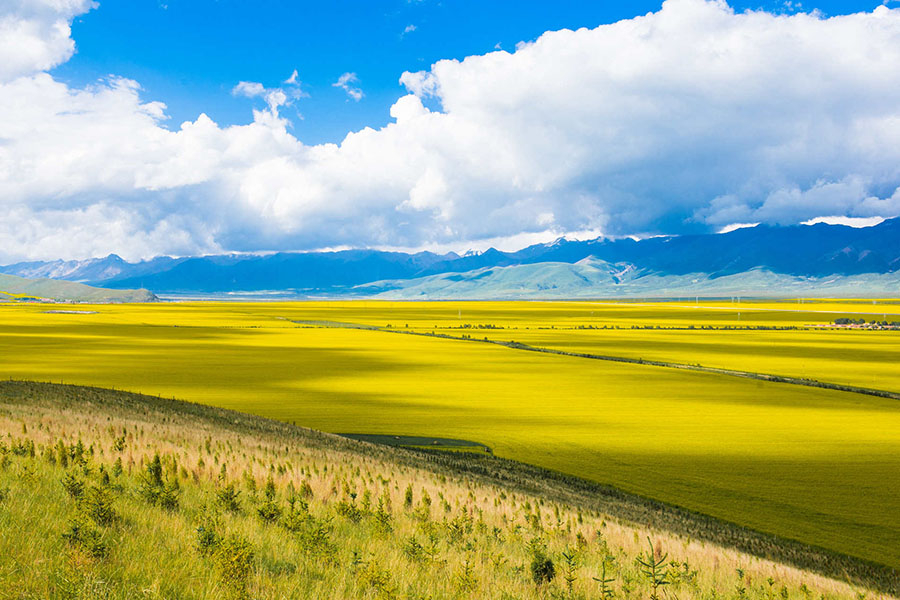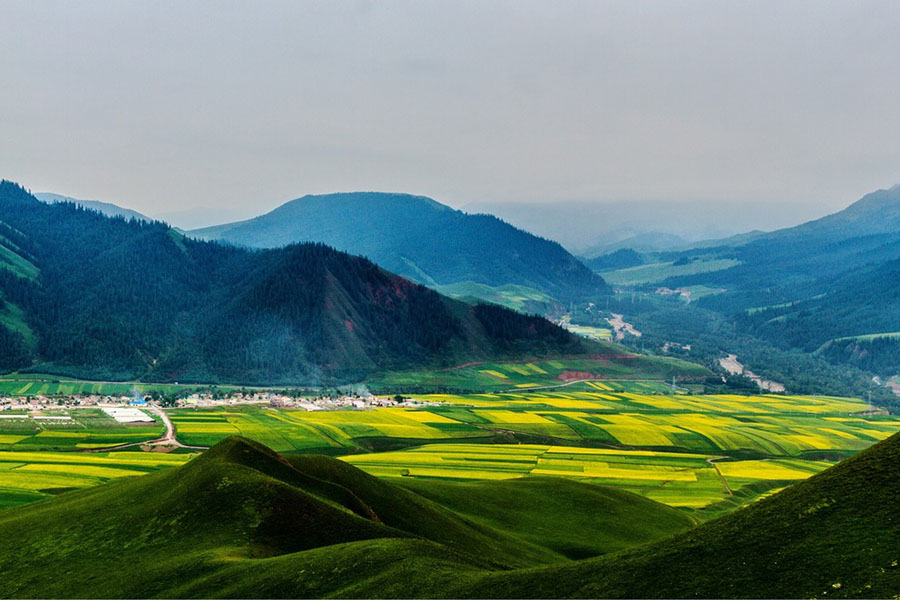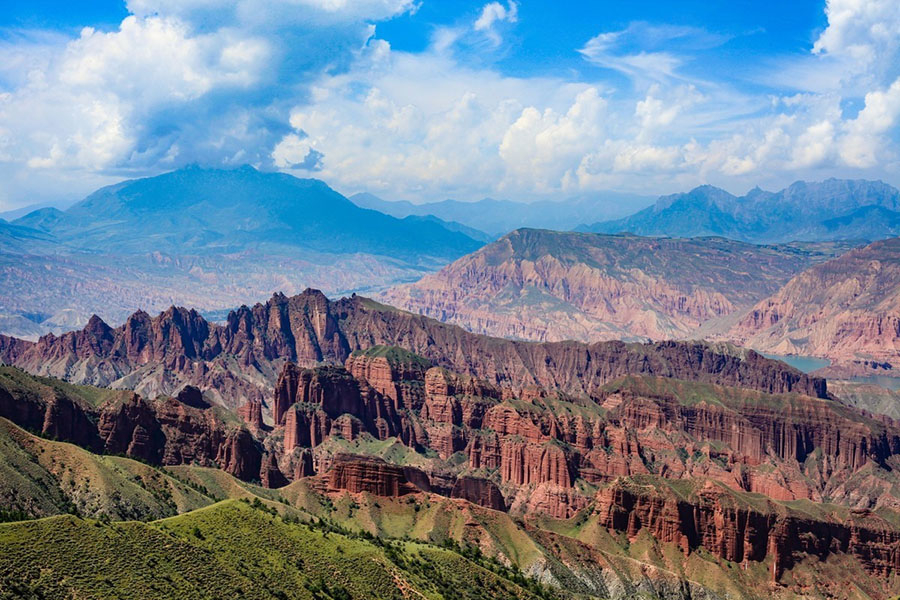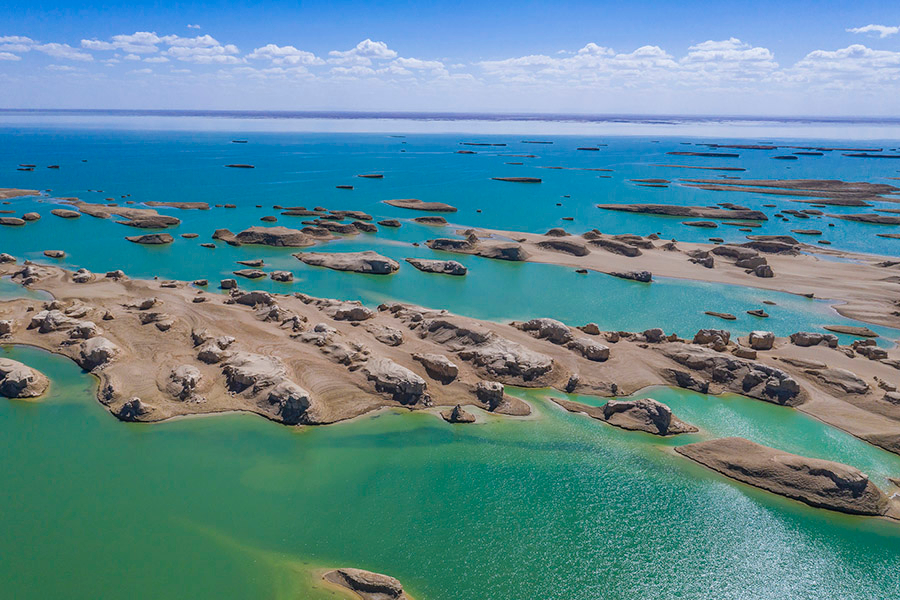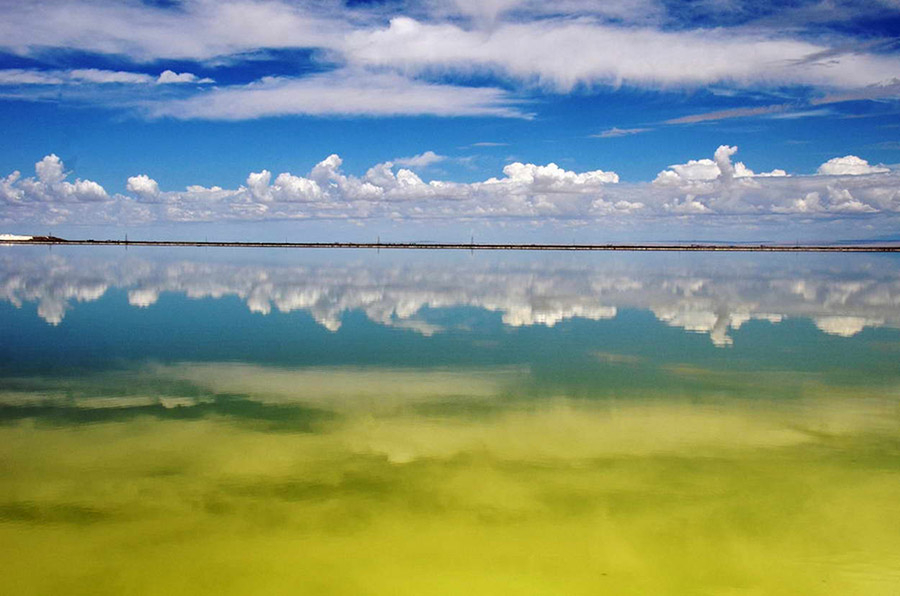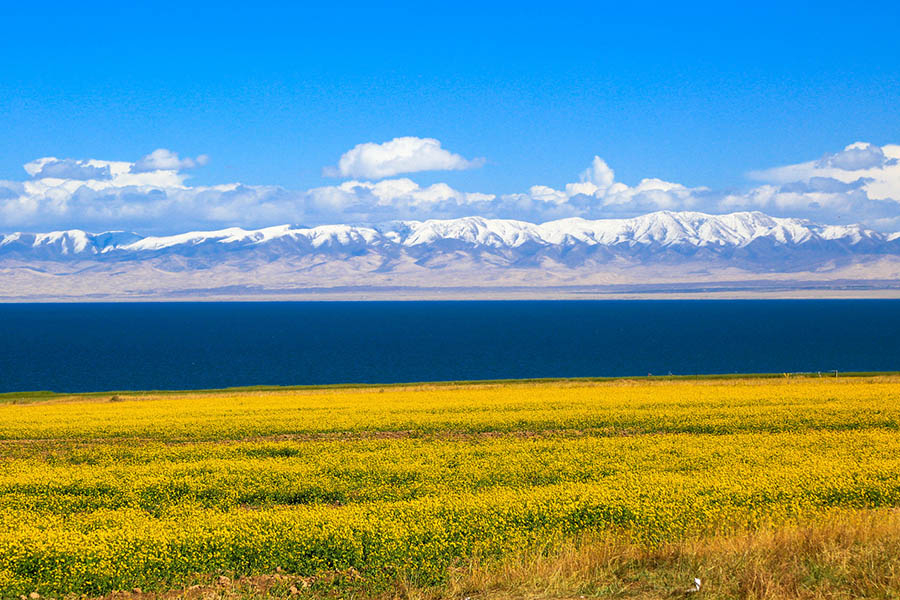Kanbula National Forest Park
Chinese name: 坎布拉森林公园(Kan Bu La Sen Lin Gong Yuan)
Location: Northwest of Jiancha County, Huangnan Tibetan Prefecture, Qinghai Province.
Ticket: Entrance ticket CNY50.00, sightseeing bus CNY100.00, Lijiaxia cruise CNY100.00
Estimated tour time:4-6 hours
Recommended time to visit: May-Oct
Nearby attractions: Guide National Geological Park, Xiaqiong Monastery, Qinghai Lake, etc.
With a total area of 4,774 hectares, Kanbula National Forest Park is located in Huangnan Tibetan Autonomous Prefecture in rural Kanbula Jianzha County, 200 km from Xining in Qinghai Province. With an altitude of 2,100 to 4,000 meters above sea level, it borders on the Yellow River in the north, abutting against the famous Lijiaxia Hydroelectric Power Station.
There are eighteen perilous peaks in the Kanbula Region. Two of them, the A’qiongnanzong and the Neibaozong, are the most famous. The A’qiongnanzong is surrounded by steep cliffs. There is only one path with stone steps, through which people can get to the top of the peak. The major portion of the path is cut out of the cliffs. At the top of the peak stand an ancient Buddhist temple and several small caves. Many Buddha statues are displayed in the caves. A great number of people come to here all the year around. The Neibaozong is a square separated peak. There are a lot rare plants on the peak. At the top of it, there are the Sky Pond and spring. Birds sing and flowers bloom on tree-covered slope. Gurgling streams flow along the valley accompanying the tranquil hollow. In a word, it's an enchanting landscape.
There are deflated hills formed in the northwest of Qaidam Basin for the long-term erosion of wind and sand, which are called red-cloud landforms. The unique Kanbula red-cloud landforms are mainly featured by wonderful peaks, high mountains, caves, precipitous cliffs and many rock peaks, stone columns and stone walls in shapes. The large mountains look like grand and vertical column, tower or castle; the small hills look like giant and strange animal of odd shapes. Meeting of Fairies, “Qiangqi Hill” and “Nanzong Valley” are the most representatives of the landforms in various appreciable shapes.
For a fantastic perspective on the park and its simply beautiful greens, purples, sapphires and blues of the mountains, waters and sky over Kanbula, climb the long wooden steps up to the vast Big Buddha – a huge and unfinished peak-top statue at the end of the stairs.
The Kanbula area is famous for its unique Danxia landform. Here, the mountain is tall and straight, forceful and magnificent, full of the masculinity, giving out a strong natural scenery charm; which is believed to be the national most. This area is also the birthplace of the Houhong period of Tibetan Buddhism with rich cultural connotation.
The religious cultures have a long history in the area of Kanbula, Here is the home of Ahqiong Nanzong Temple, Nanzong Buddhist Nunnery, Zanzongzha Temple and Gabu Temple, all of which have a history more than 1,100 years. Nanzong Temple and Nanzong Buddhist Nunnery are the only religious Buddhist places with monks and nuns coexist with each other in Qinghai Province China.
● Lijia Gorge
Lijia Gorge is more than 30 kilometers in length. The project of this station is April 1988; and the successful closure of this station is on October 13, 1991. This hydropower station has vast water level and good water quality. The dam reservoir area along with the forest park, form a comprehensive large sightseeing district, one of the most spectacular gorges of the Yellow River’s hydropower systems.
More than 30 kilometers in length, the Lijia Gorge ends at the dam with its hydropower station, from where the yellow River continues its course eastward. One of China’s amazing feats of structural engineering, the dam channels thousands of gallons of water each day through its channels, creating massive amounts of power for the surrounding areas.
Lijia Gorge reservoirs belong to the second step hydropower stations in upper Yellow River within the territory of the famous Kanbula National Forest Park, Running through the Kanbula national Forest Park, the gorge is surrounded by bright red Danxia rock formations, a stark contrast to the azure blue of the deep waters in the gorge.
The artificial lake in the reservoir area covers an area of 32 square kilometers. The lake water is dark green, which is an ideal location to develop aquaculture industry. During summer and spring, tourists can white water rafting and angle for fish in the lake. While in winter and spring, tourists have the chance to enjoy the sight of snowscape on the plateau, which adds a proper highland human landscape to the beautiful and old Kanbula Scenic Area. Go upstream along the reservoir area by ship, you can visit the Centre Island and Songba Gorge.
- HOTEST
- RECOMMEND
